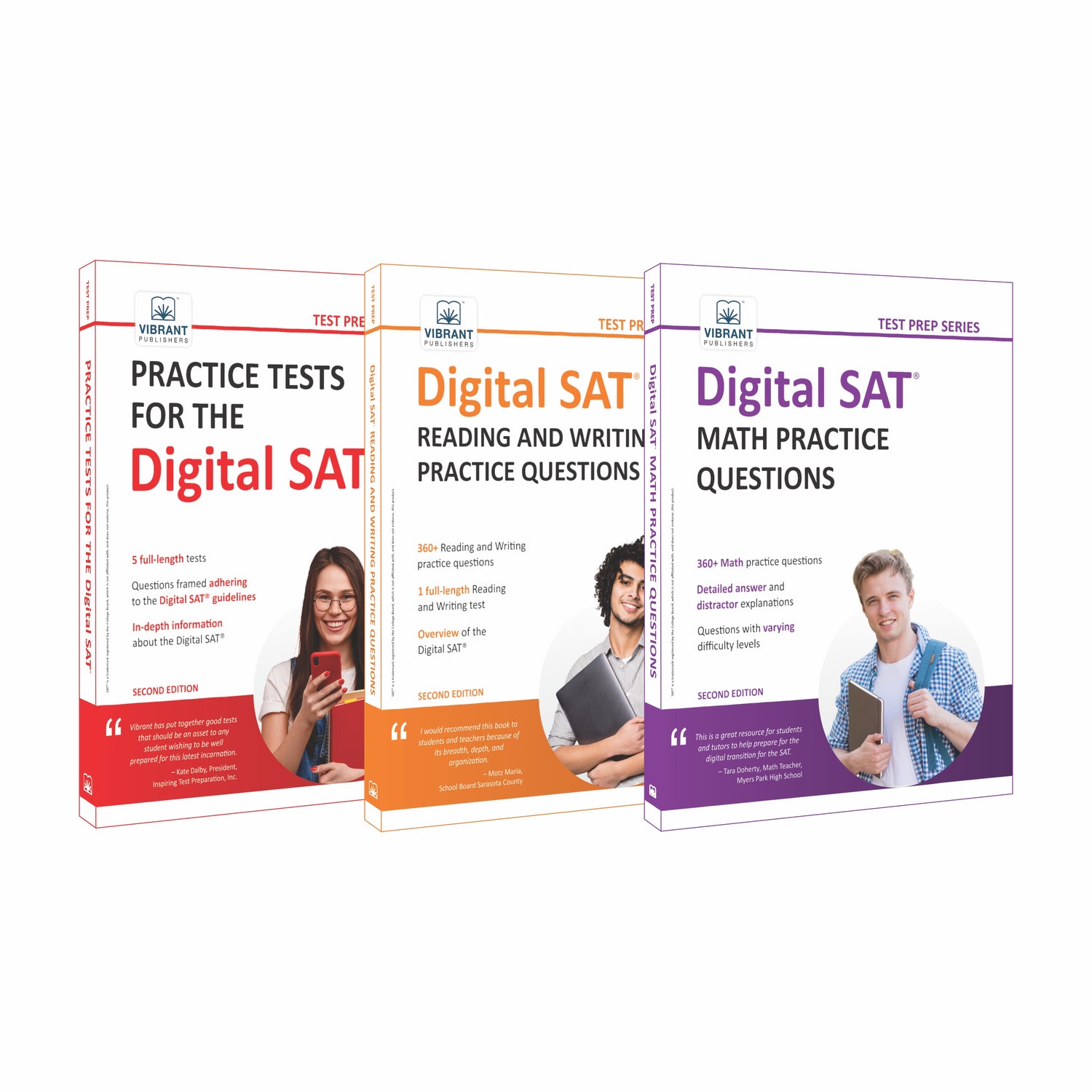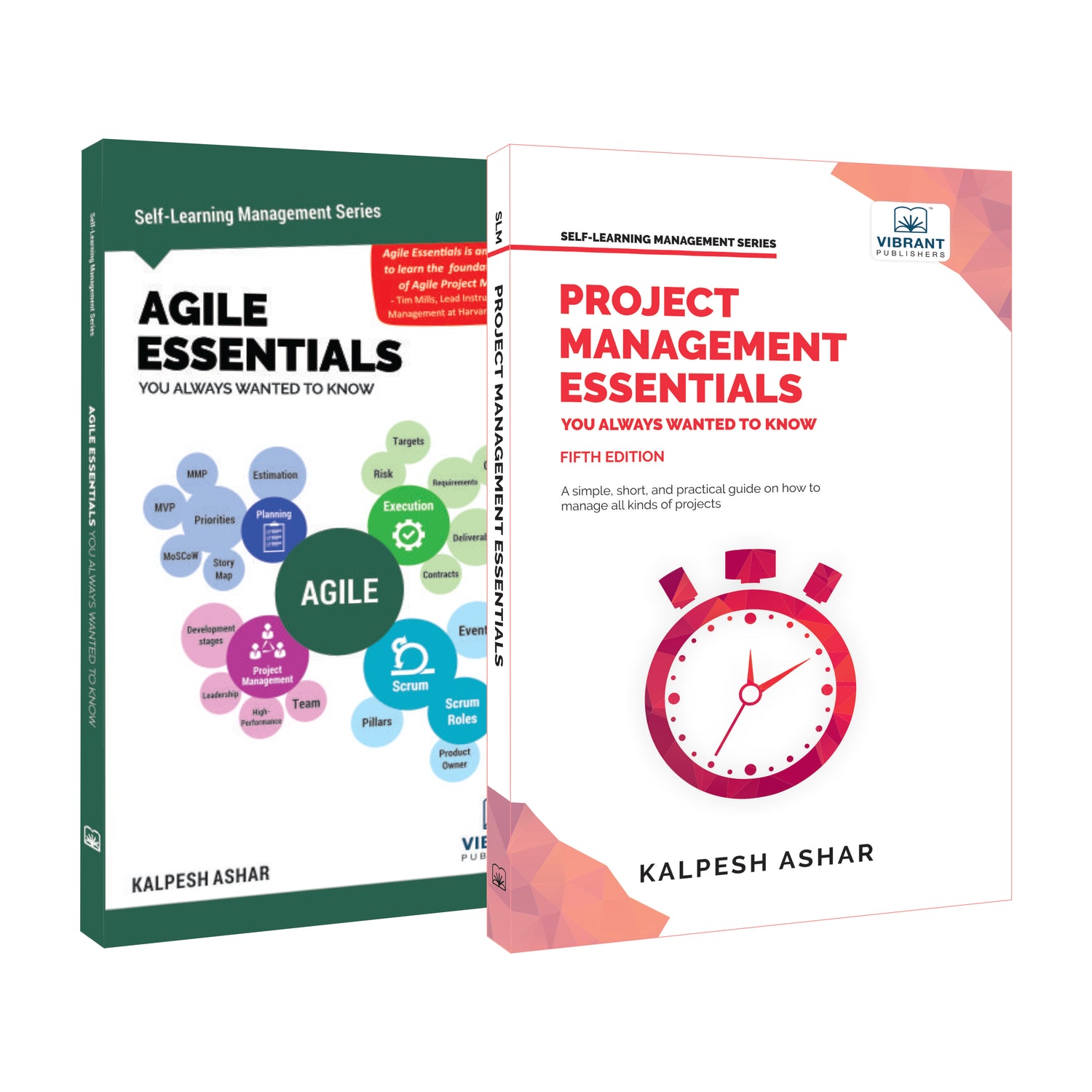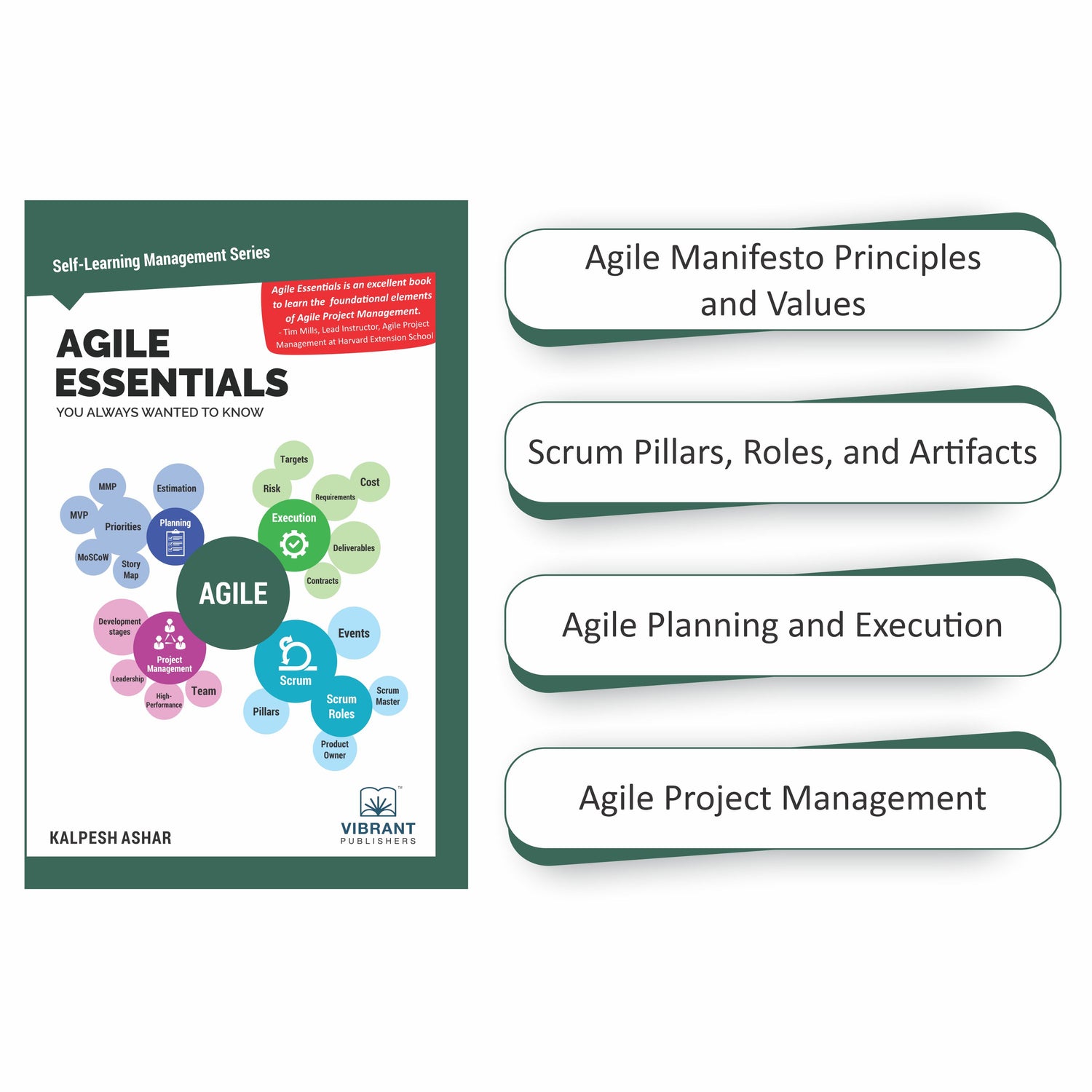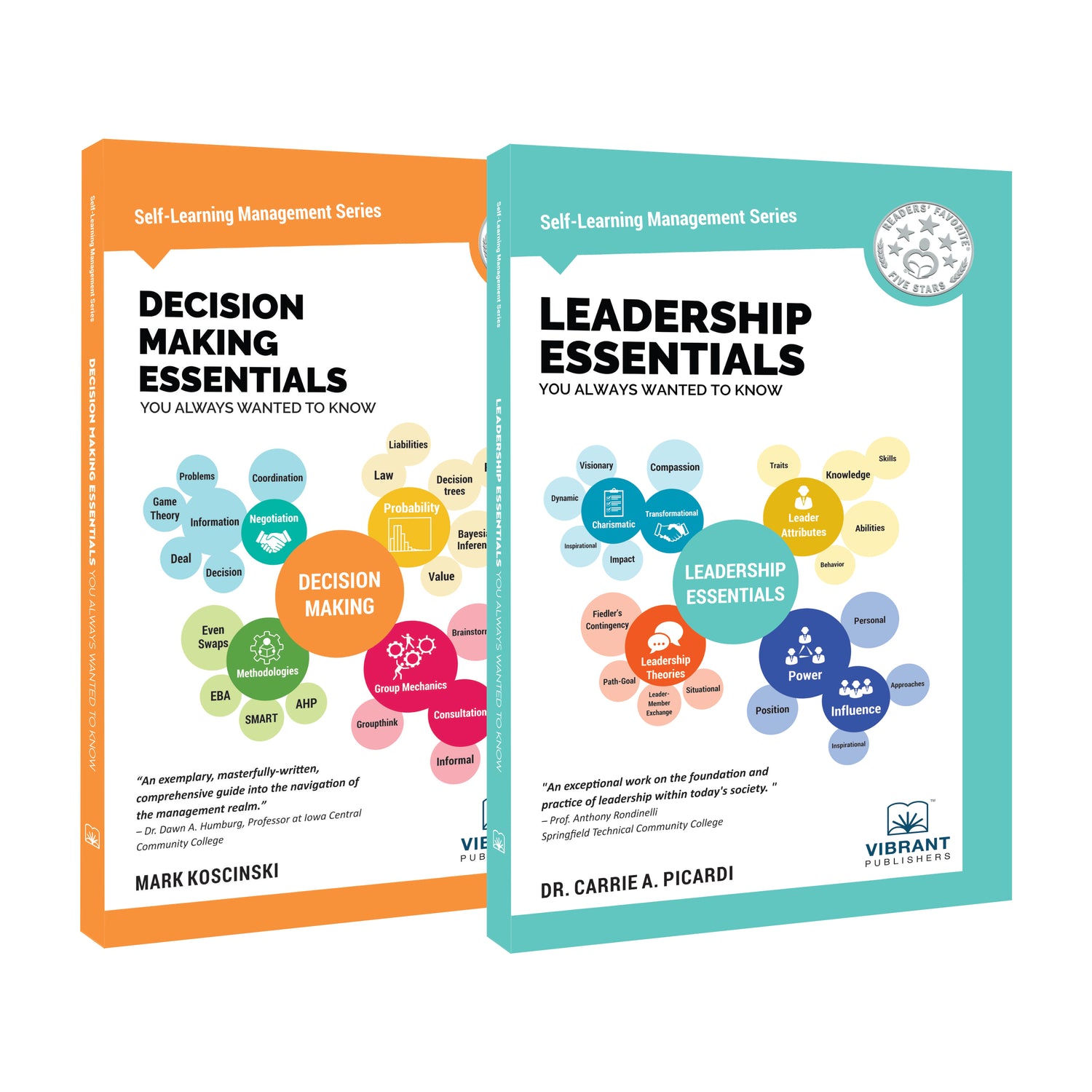
Want to stand out for your Upcoming Python Interview?
Having command over a language bolsters up the efficiency of a person, but as a programmer, being learned in the language is everything and Python forms one of the most crucial programming languages. As a web developer or app developer being versed in Python brings you in contention to apply at NASA, CERN, Wikipedia, and Yahoo among top companies that prefer Python. These companies require constant upgrades to their websites and applications which makes them always on the lookout for young geniuses in Python, hence widening your scope largely while you search for a job.
Otherwise, Python would compare the dates by their object address.
Although learning does bring you closer to the job, holding the appointment letter calls for a successful interview by having apt answers to all questions. These companies recruit only the best and to be one of them knowing their questions becomes of utmost importance.
While vying for such competitive jobs, being prepped with questions for the interview gives you the upper hand. Listed below are some questions that will help you prepare for the interview:
1) How are Python blocks defined?
Python blocks are defined by indents or tabs. This is different from most other languages which use symbols to define blocks. Indents in Python are significant.
2) What constitutes ‚True‛ in Python?
A true expression is any expression that does not evaluate to 0, the empty list [], tuple (), dictionary {} or the objects None or False.
3) When comparing two dates, what method is used?
Date.toordinal()
Otherwise, Python would compare the dates by their object address.
4) When are dictionaries considered equal?
Dictionaries are considered equal if and only if their sorted lists compare equally.
5) Explain sets and frozensets in Python.
Python allows two types of sets – set and frozenset. Generally a Set is a collection of static values which is unordered. But in Python, a normal set is mutable, meaning you can add or remove the elements. It can be considered just like a dictionary with no hash value. But a frozenset is an immutable set which has hash value which remains static once created. A set cannot be an element of another list or a dictionary. A frozenset can be an element of another list and also a dictionary.
6) Can you update a Tuple? Explain.
No, you cannot update a Tuple as tuples are immutable. Lists can be updated since they are mutable. So if you want to use an updatable collection, the best option is to use a list instead of a Tuple. With a Tuple, you will have to create a new Tuple and get rid of the earlier one which may have some consequences on your program performance. Moreover, if your data keeps changing, it will not be desirable to use a Tuple at all. They are best to store static data.
7) How is the buffer size specified in file opening?
It is an optional parameter to the open function. A 0 indicates the file is unbuffered and 1 indicates line by line buffering. Any other positive number is the actual buffer size to be allocated.
8) How are threads synchronized, to prevent race and deadlock conditions?
This is achieved using the .Lock() method of the threading module to create a lock object, then using .acquire() and .release() on that lock.
9) What is the Queue module and when is it used?
The Queue module is a device to handle multithreaded prioritized queue of processing tasks. It is useful when there are a number of incoming requests, with different priorities that need to be allocated processing resources.
10) What is the shelve module, and how is it different from pickle?
Shelving an object is a higher level operation than pickle, in that the shelve module provides its own open method, and pickles objects behind the scene. Shelve also allows storage of more complex Python objects.
11) How are databases and tables created in MySQL from Python?
Databases and tables are created using a database connection and cursor to execute the appropriate CREATE DATABASE and CREATE TABLE SQL commands.
12) Illustrate retrieving cookies from a URL.
|
Import urllib2 Import cookielib myJar= cookielib.LWPCookieJar() myOpener = urllib2.build_opener( urllib2.HTTPCookieProcessor(myJar)) urllib2.install_opener(myOpener) myRequest =urllib2. Request(‚http://www.example.org/‛) myHTML = urllib2.urlopen(myRequest) for cookie in enumerate(myJar) print cookie |
13) Illustrate opening an xml document.
|
fromxml.dom import minidom myTree = minidom.parse(‘myXML.xml’) printmyTree.toxml() |
14) What exception is raised when a negative index is used to access a list?
Tricky question: Negative indexes are allowed in Python, it accesses the list from the bottom rather than the top. An index of -1 accesses the last item in the list, -2 the second to last and so on.
15) What does a zip () function do?
The zip () function renders a tuple out of two lists passed as parameters to the function. If you have two lists listA and listB with different values, the zip function will create a tuple using the corresponding values of each list in the same index. The following example will explain it:
|
listA = *‘A1’, ‘A2’, ‘A3’+ listB = [1, 2, 3, 4] zip (listA, listB) |
This would result in a Tuple – *(‘A1’, 1), (‘A2’, 2), (‘A3’, 3)+ The zip () function will end creating tuples after the last element in the first list.
Referring to all questions in the book, will increase your subject prowess, boost your confidence, and impress the interviewer.
Wish you good luck!
Share











